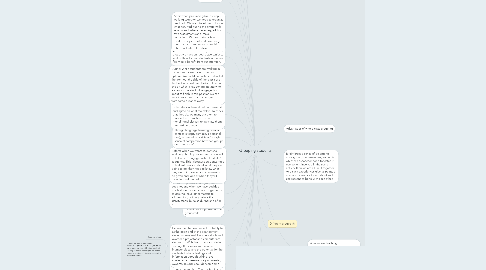Grouping students
by Nancy Gutierrez

1. It is suitable for activities where the teacher is acting as a controller. It is especially good for giving explanations and instructions, where smaller groups would mean having to do these things more than once. It is ideal for presenting material, whether in pictures, texts or on audio or video tape. It is also more cost-efficient, both in terms of material production and organization, than other groupings can be.
2. It allows teachers to “gauge the mood” of the class in general (rather than on an individual basis)
3. It is the preferred class style in many educational settings where students and teachers feel secure when the whole class in working in lockstep and under the direct authority.
4. Seating whole-group classes
4.1. Orderly rows
5. There are considerable advantages to orderly row seating. The teacher has a clear view of all the students and the students can see the teacher…..Some activities are especially suited to this kind of organization, such as explaining a grammar point, watching a video DVD or a Power point….
5.1. Circle and horseshoe.
6. Horseshoe, the teacher will probably be at the open end of the arrangement since that may well be where the board, overhead projector and computer are situated…. With horseshoe and circle seating, the classroom is a more intimate place and the potential for the students to share feelings and information through talking, eye contact or expressive body moments ( eyebrow-raising, shoulder-shrugging)
6.1. Separate tables
6.2. Indeed, such an arrangement means that groupwork is likely to be far more common that with other kinds of seating. Where different groups of the students can benefit from concentrating on different tasks
7. Procedures for pairswork and groupwork
8. Our role in pairwork and groupwork does not end when we have decided which students should work together, of course. We have other matters to address, too, not only before the activity starts, but also during and after it.
9. Before: When we wants students to work together in pairs or groups, we will to follow an “ engage-instruct-initiate” sequence. This is because students need to feel enthusiastic about what they are going to do, they need to know what they are going to do, and they need to be given and idea of when they will have finished the task.
10. Though language learning is not a contest (except, perhaps, a personal one), in game-like activities “s slight sense of competition between groups does not harm”
11. The important thing about instructions is that the students should understand and agree on what the task is. To check that they do, we many ask them to reaped the instructions, or, in monolingual classes, to translate them their first language.
12. During: While students are working in pair or groups we have a number of options. We could, for instance, stand at the front out the side of the class ( or at the back or anywhere else) and keep an eye on what is happening, noting who appears to be stuck, disengaged or about to finish in this position we can tune in to a particular pair or group from some distance away
13. When students are working in pairs or groups we have an ideal opportunity to work with individual students whom we feel would benefit from our attention.
14. After: when pairs and g4roups stop working together, we need to organize feedback. We want to let them discuss what occurred during the groupwork session and, where necessary, add our own assessments and, make corrections. Where students have produced a piece of work, we can give them a chance to demonstrate this to other students in the class.
15. Troubleshooting
16. When we monitor pairs and groups during a groupwork activity, we are seeing how well they are doing and deciding whether or not to go over and intervene.
17. Finishing fist
18. A problem that frequently occurs when students are working in pairs or groups is that some of them finish earlier than others and show clearly that they have had enough of the activity and want to do something else.
19. Awkward groups
20. When the studens are working in pairs or groups we need to observe how well they interact to gether. Even where we have made our best judgements- based on friendship os streaming. One way of finding out about groups, in particular is simply to observe, noting down how often each students speaks. If two or three observations of this kind reveal a continuing pattern, we can take the kind of action suggested above.
21. Different groups
22. There is not real limit to the way in which teachers can group students in a classroom, thought certain factory, such over-crowding, fixed furniture and entrenched student attitudes, may make thing problematic. Nevertheless, teaching a class as a whole, getting students to work on their own
23. Whole-class teaching When people think of teaching and learning, they frequently conjure up a picture of students sitting in rows listening to a teacher who stands in front of them.
24. Advantages of whole-class grouping
25. It reinforces a sense of belonging among the group members, something which we as teacher need to foster. If everyone is involved in the some activity, then we are all “in it together”. And such experiences give us points of common reference to talk about and use reasons to bond with each other.


